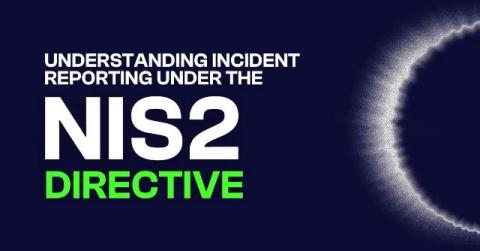Security Bulletin: CVE-2024-55591 Fortinet - Authentication Bypass
On January 14, 2025 Fortinet confirmed a critical zero-day vulnerability, CVE-2024-55591, in Fortinet’s FortiOS and FortiProxy systems that has been actively exploited in the wild. This authentication bypass vulnerability allows attackers to gain super-admin privileges via crafted requests to the Node.js WebSocket module, enabling unauthorized access to firewalls, rogue administrative account creation, and configuration changes.











